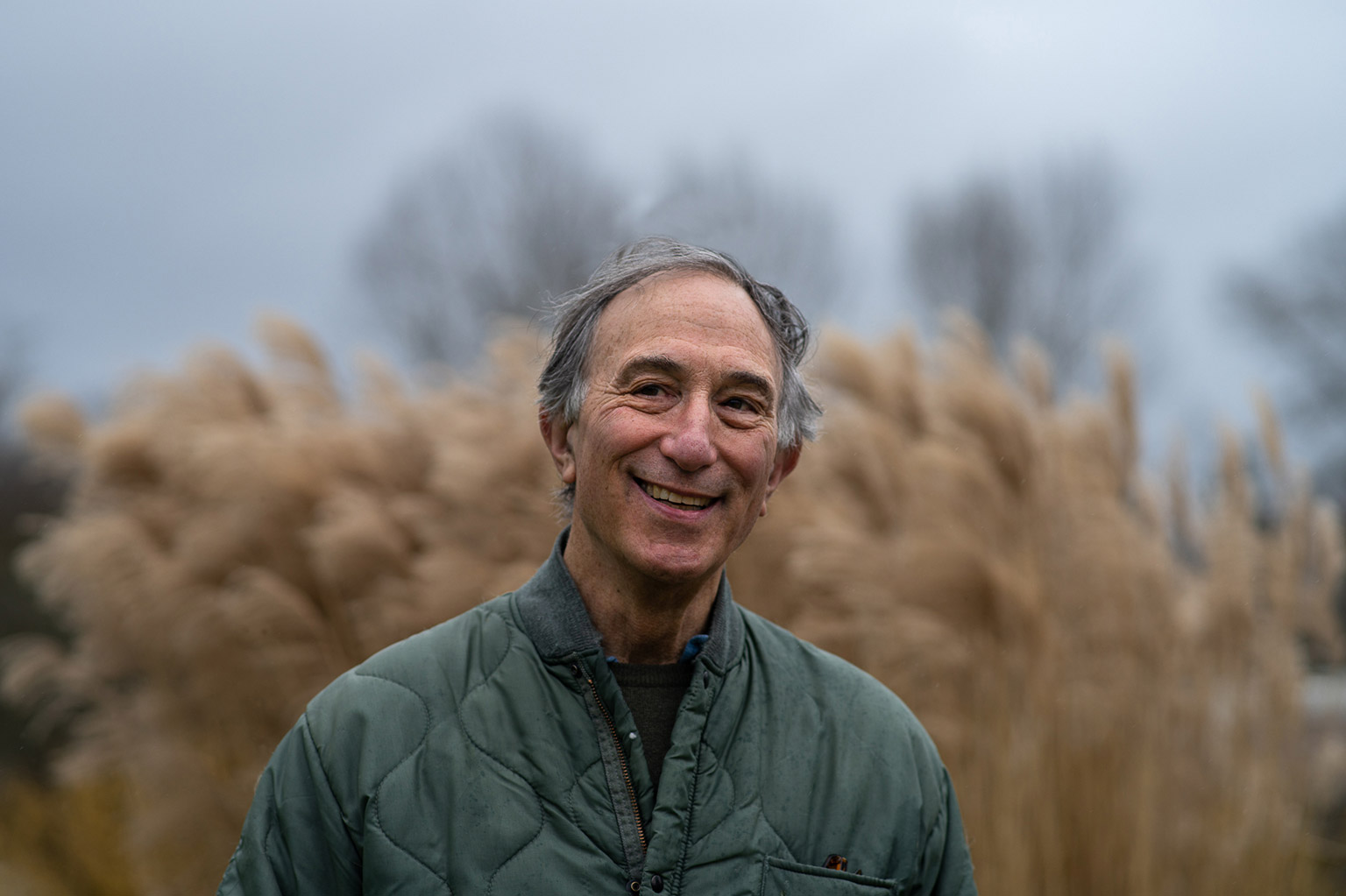A recent study has found that just 104 companies, mostly multinational corporations from high-income countries, are involved in a fifth of the more than 3,000 environmental conflicts it analyzed.
The study examined 3,388 conflicts, involving 5,589 companies, recorded in the Global Atlas of Environmental Justice (EJAtlas) as of October 2024. The atlas is the world’s largest database of environmental conflicts documented by researchers, activists, journalists and students, and it includes records of extractive, industrial or legislative projects, including mines and oil pipelines that organized groups contest on socioecological grounds.
The study’s author, Marcel Llavero-Pasquina, an EJAtlas coordinator, found that around 2%, or 104 of the 5,500+ companies, played a part in 20% of all analyzed conflicts. Llavero-Pasquina labels these companies, involved in at least seven conflicts each, as “superconflictive” because they’re “a significant driver of environmental injustice globally.”
According to the study, nearly 90% of the superconflictive companies are multinational corporations (MNCs), largely in high-income countries and China.
“The most significant finding is that 50% of the conflicts with companies from the Global North occur in the Global South,” Llavero-Pasquina told Mongabay by email. “Conflicts with foreign companies have more impact and worse outcomes for local populations.”
Many of the Global North MNCs operate in mining, fossil fuels and agroindustry, the study found. Moreover, most conflicts with foreign MNCs affect Indigenous groups, traditional communities and racially discriminated groups. “Conflicts with foreign MNC involvement report significantly more environmental, health and socioeconomic impacts,” Llavero-Pasquina wrote.
The analysis also found that two-thirds of the 104 superconflictive companies are part of the UN Global Compact, a nonbinding agreement for companies to employ sustainable and socially responsible policies.
Richard Pearshouse of Human Rights Watch, who wasn’t part of the study, told Mongabay by email that the findings ring true. “After working on these issues for a while, you come across the same multinationals again and again, often in remarkably similar conflicts with different communities on different continents,” he said.
Pearshouse added, “Voluntary pledges to self-regulate clearly aren’t working so we need binding laws and regulations on corporate accountability.”
Christen Dobson of the nonprofit Business & Human Rights Resource Centre, who was also not involved in the study, told Mongabay by email that by shining a light on the worst offenders, “the study reveals a significant opportunity to prevent and mitigate harm if these companies were mandated to engage in human rights and environmental due diligence.”
Both Pearshouse and Dobson said that several regulations that would ensure such due diligence in the European Union — such as the Corporate Sustainability Due Diligence Directive, the Corporate Sustainability Reporting Directive and possibly the EU anti-deforestation law — currently face attempts to weaken them.
“Weakening those regulations is exactly the opposite of what’s needed to address some of the issues uncovered by this study,” Pearshouse said.
Banner image of buildings in New York, U.S., by Dietmar Rabich via Wikimedia Commons (CC BY-SA 4.0).





